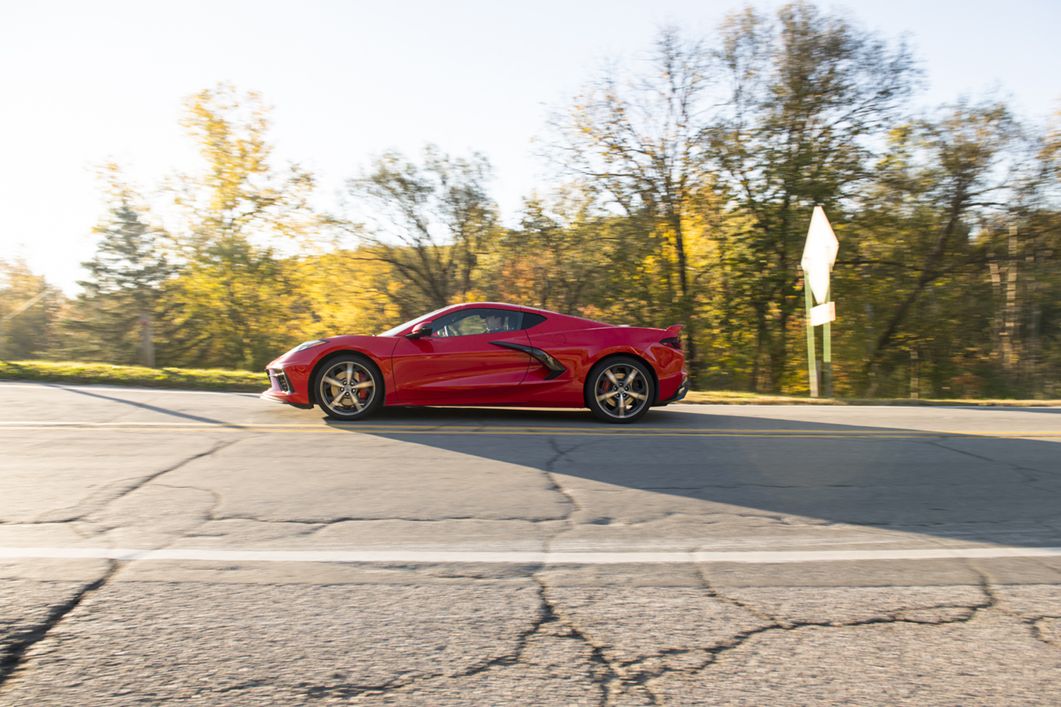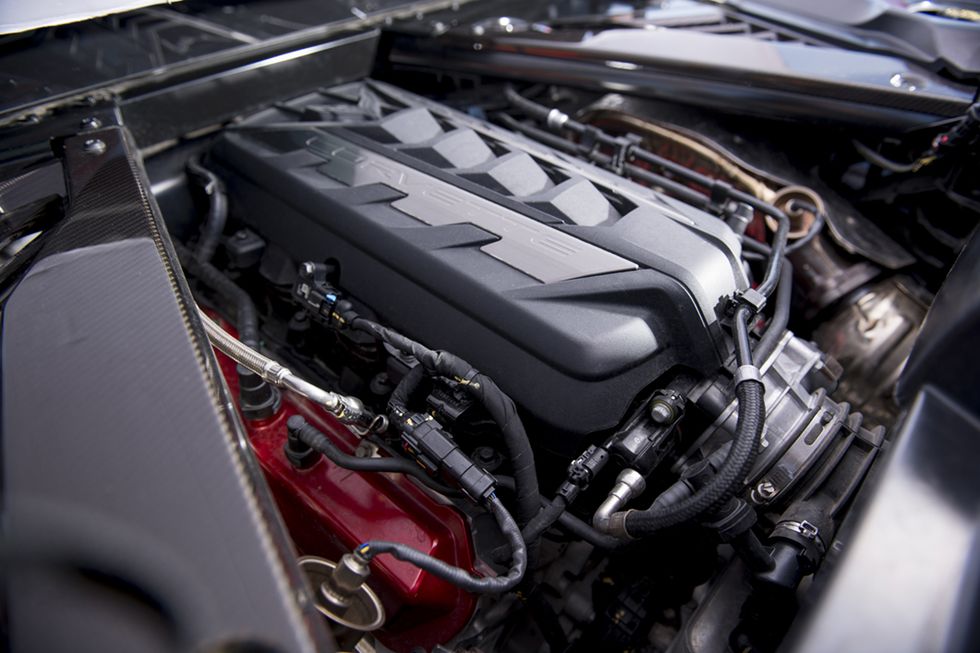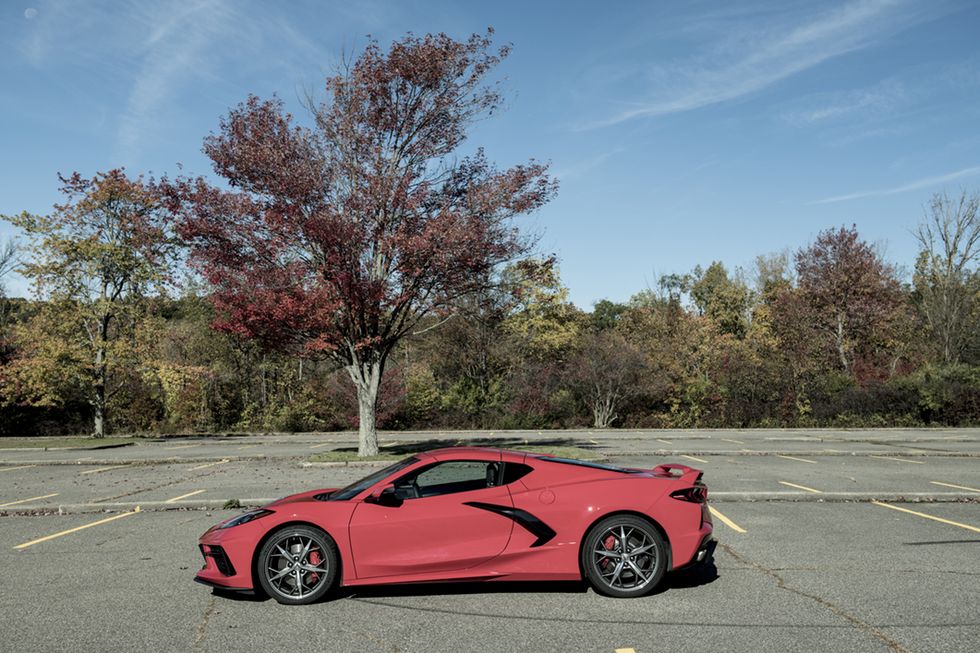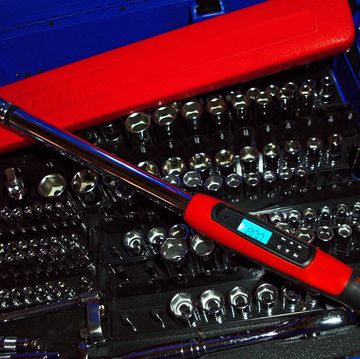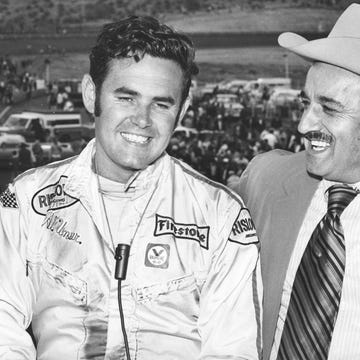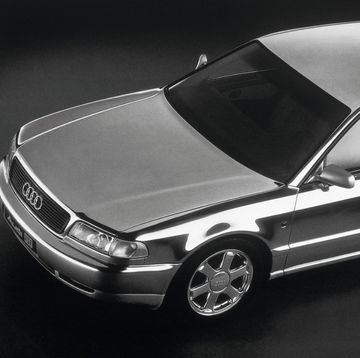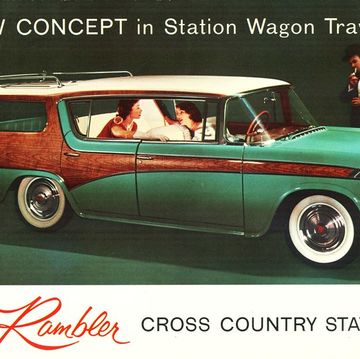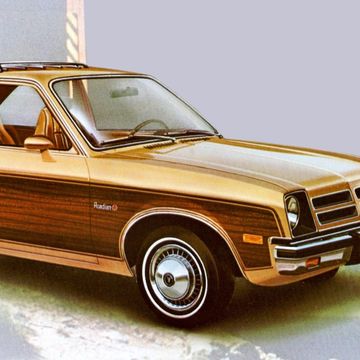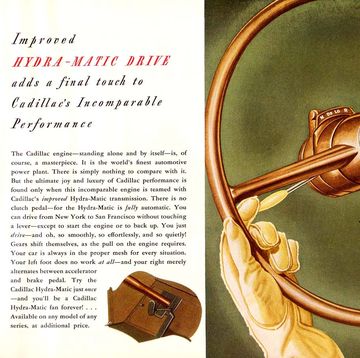In the Year of the Rat 2020, we see the revolutionary, midengine Chevrolet Corvette hit the scene. It’s a big deal for many reasons. And from the moment it was revealed in July of last year, many a barstool argument has taken place. In one camp, the eighth-generation Corvette amounts to heresy, breaking with a near 70-year tradition of America’s Sports Car being front-engine. In the other, where I stand, it is both practical and beautiful to take this next logical step in performance capability.
As evidence to my argument, look no further than the 2019 Chevrolet Corvette ZR1, with its mighty 755-hp supercharged 6.2-liter V8. The coupe version of the ZR1 weighs virtually the same as the 495-hp, 2020 midengine Stingray, which means when you look at the ratio of weight-to-power between the two, 4.7:1 pounds per horsepower for the 2019 ZR1 and 7.2:1 for the 2020 Stingray, power makes all the difference.
Yet, when Car and Driver magazine performance-tested both cars, the 2020 Stingray reached 60 mph from rest quicker than the ZR1. The ZR1 takes 3.0 seconds, the Stingray, 2.8. Amazing! To be clear, this is the same publication, using the same procedures on similarly equipped cars. Case in point, the ZR1 came equipped with the eight-speed automatic and the Stringray has an eight-speed dual-clutch box.
“That’s incredible!” you’re saying.
“I know!” I’m answering.
“No no, that is incredible, as in 'I don’t believe you,'” you reply.
I see. Let me explain.
Power is useless if you don’t have traction. Traction comes from friction between the road surface and the tires. And friction comes from two things: the friction coefficient, which is the inherent resistance of one surface moving against another, such as sandpaper versus glass; and the weight pressing on that surface. That’s why sliding a bookshelf across the carpet is a lot easier when it’s not full of books.
Because the Stringray has its engine behind the cockpit, the rear tires now hold up 60 percent of the vehicle’s weight instead of 50 percent like the ZR1. Despite weighing about the same, the 2020 Corvette has more than 350 extra pounds pushing down its rear axle, 2,140 in total. And, when you accelerate hard, load transfer occurs and pushes even more weight to the back.
What is load transfer? When you accelerate or brake or corner, you apply a force to the car and that force effectively shifts the center of gravity of the car, without actually moving parts, adding weight to one part of the car while simultaneously removing it from another. The harder the force, the greater the shift. When you accelerate, weight shifts from the front to the back. And because the Corvette is rear-wheel drive, this means the load, or weight, the rear wheels carry increases, which increases their friction, which gives them more traction.
Accelerating 0-60 mph in 2.8 seconds is just about 1 g. If you apply that force to the 2020 Corvette, load transfers such that 76 percent, or just about 2,725 pounds, presses on the rear axle, compared with 66 percent, or 2,365 pounds, on the ZR1. That’s not enough traction for the ZR1 to put down all of its power, not even that close, really. But it is enough for the Stringray—allowing it to make full use of its power and to devastating effect.
Putting the engine in behind the driver improves vehicle dynamics in myriad ways. Tradition is one thing. Elevating performance to ever higher grounds is another—and well worth it.

